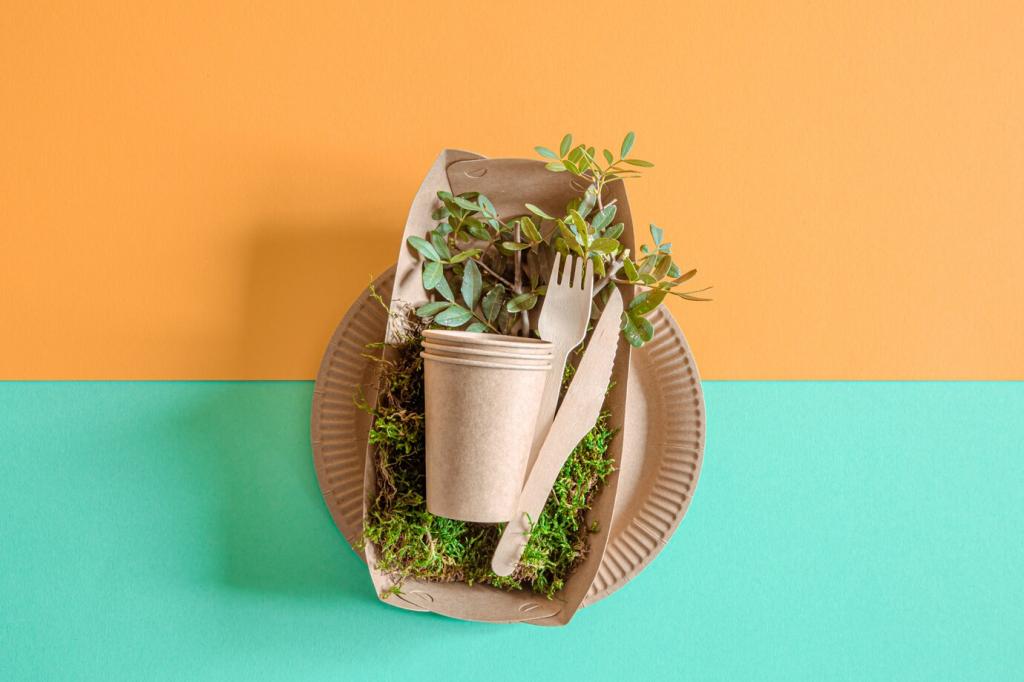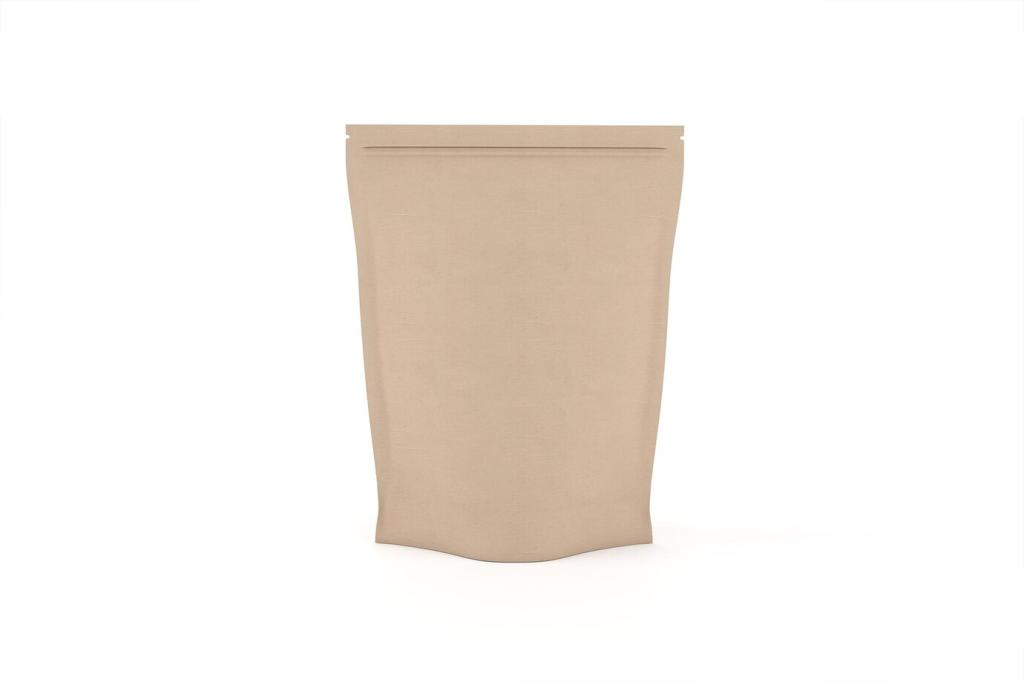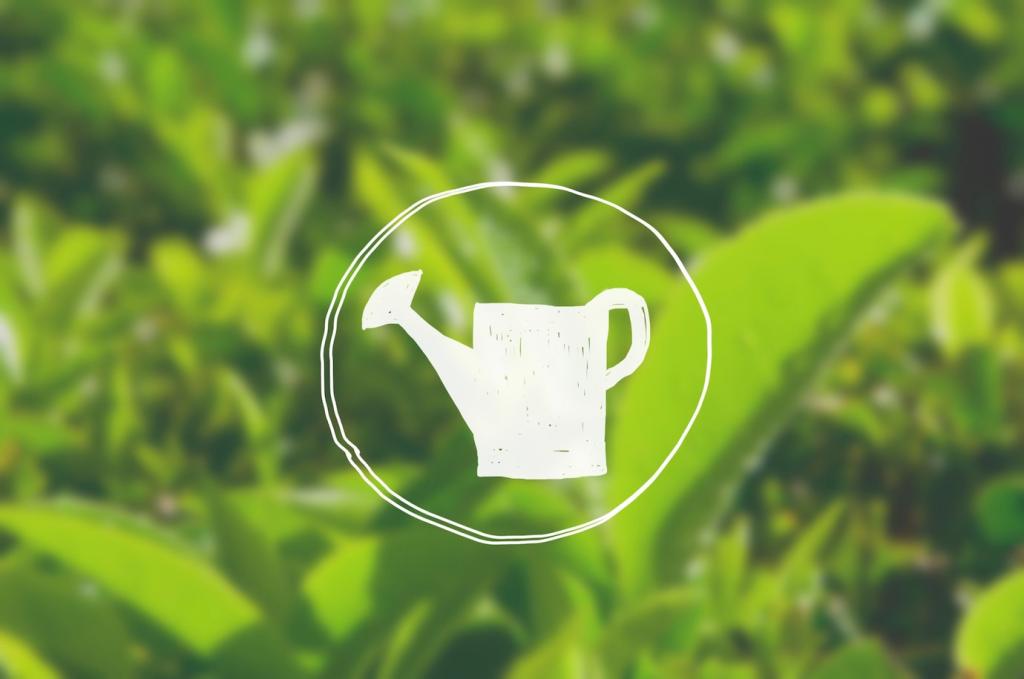Live Brighter with Non-Toxic Paints and Finishes
Chosen theme: Non-Toxic Paints and Finishes. Welcome to a fresh, breathable take on color and care, where design meets healthier choices without the fumes. Stay with us, share your questions, and subscribe for hands-on tips that actually work.


Volatile organic compounds evaporate into indoor air, contributing to odor and potential irritation. Non-toxic paints and finishes minimize these emissions, especially during curing. Choose verified low-emission products and plan airflow to reduce peaks while maintaining comfortable temperature and humidity for proper film formation.

Safer formulas rely on water as a carrier, mineral or plant-based binders, and stable mineral pigments. Look for acrylics with verified low emissions, casein or silicate systems, and oils that cure by polymerization. Avoid harsh solvents and check safety data sheets to confirm gentle co-solvents and additives.

Independent standards like GREENGUARD Gold, EU Ecolabel, and Cradle to Cradle can filter marketing claims. Cross-check labels with the product’s safety data sheet, solids content, and tinting colorants. Share your favorite verified brands below, and we’ll compile a community-backed, non-toxic shortlist for subscribers.



Prep, Application, and Ventilation—The Non-Toxic Way
Surface prep using gentle cleaners
Degrease with a biodegradable cleaner, rinse thoroughly, and scuff-sand with dust extraction to maintain clean indoor air. Fill, sand, and vacuum again before priming. A meticulous, low-tox prep dramatically improves adhesion, minimizing premature failure and the need for heavier, smellier fixes later.
Tools and techniques for minimal mess and maximum results
Use quality rollers, synthetic brushes, and an extension pole to reduce strain and splatter. For furniture, consider an HVLP sprayer with waterborne finishes and proper filtration. Keep a wet-edge, maintain thin coats, and store tools in airtight keepers to limit washing between sessions.
Plan your schedule and airflow for comfort
Stage work so sensitive occupants and pets are out during application and early cure. Create gentle cross-ventilation with fans exhausting outdoors, avoiding dust storms. Respect manufacturer cure times, temperature, and humidity ranges. Comment with your timeline, and we’ll suggest a safer, efficient project sequence.
Wood, Naturally Finished
Hardwax oils combine natural oils and waxes for a breathable, repairable finish. Consider pure tung or polymerized linseed oil when appropriate, and test on off-cuts for color. Wipe excess thoroughly, allow generous cure times, and maintain periodically to keep luster without heavy solvents or lingering odors.
Color Stories and Texture with Non-Toxic Materials
Mineral pigments with history and depth
Earth oxides, ultramarine, and natural whites yield time-tested hues with reliability and grace. Mineral pigments offer strong lightfastness and low odor. Layer thin coats to achieve gentle movement. Photograph swatches morning and evening to judge undertones before committing to a full-room transformation.
A limewash accent that changed a room
One reader layered three translucent limewash passes, pausing between coats to study daylight shifts. The result softened harsh afternoon glare and calmed echoes. Their guests kept asking why the room suddenly felt cooler and quieter—proof that texture and tone reshape experience.
Sample, document, and decide with confidence
Create labeled sample boards using your actual primer and substrate. Note batch numbers, tools, and dry times. Observe for a full week across weather and lighting. Share your photos with our community, and we will crowdsource feedback to refine your final, non-toxic palette.
Cleaning without harsh chemicals
Use pH-neutral soap, soft sponges, and microfiber cloths for painted walls. Avoid abrasive pads and strong ammonia or bleach on natural finishes. Address spots quickly and rinse well. Share stubborn stain stories, and we will suggest gentle, surface-specific methods that preserve sheen and texture.
Touch-ups that blend invisibly
Keep labeled leftovers in tightly sealed, smaller jars to reduce air space. Stir thoroughly, test in an inconspicuous spot, and feather edges with a mini-roller. For wood, scuff lightly and spot-recoat. Comment with your coating and substrate, and we will advise compatible touch-up steps.
End-of-life that respects your air and planet
Donate excess paint, or bring leftovers to local collection events. Never pour into drains. Dry out small quantities before disposal, following local guidance. Oily rags can self-heat; lay flat to dry outdoors or store submerged in water in a sealed metal container before proper disposal.
